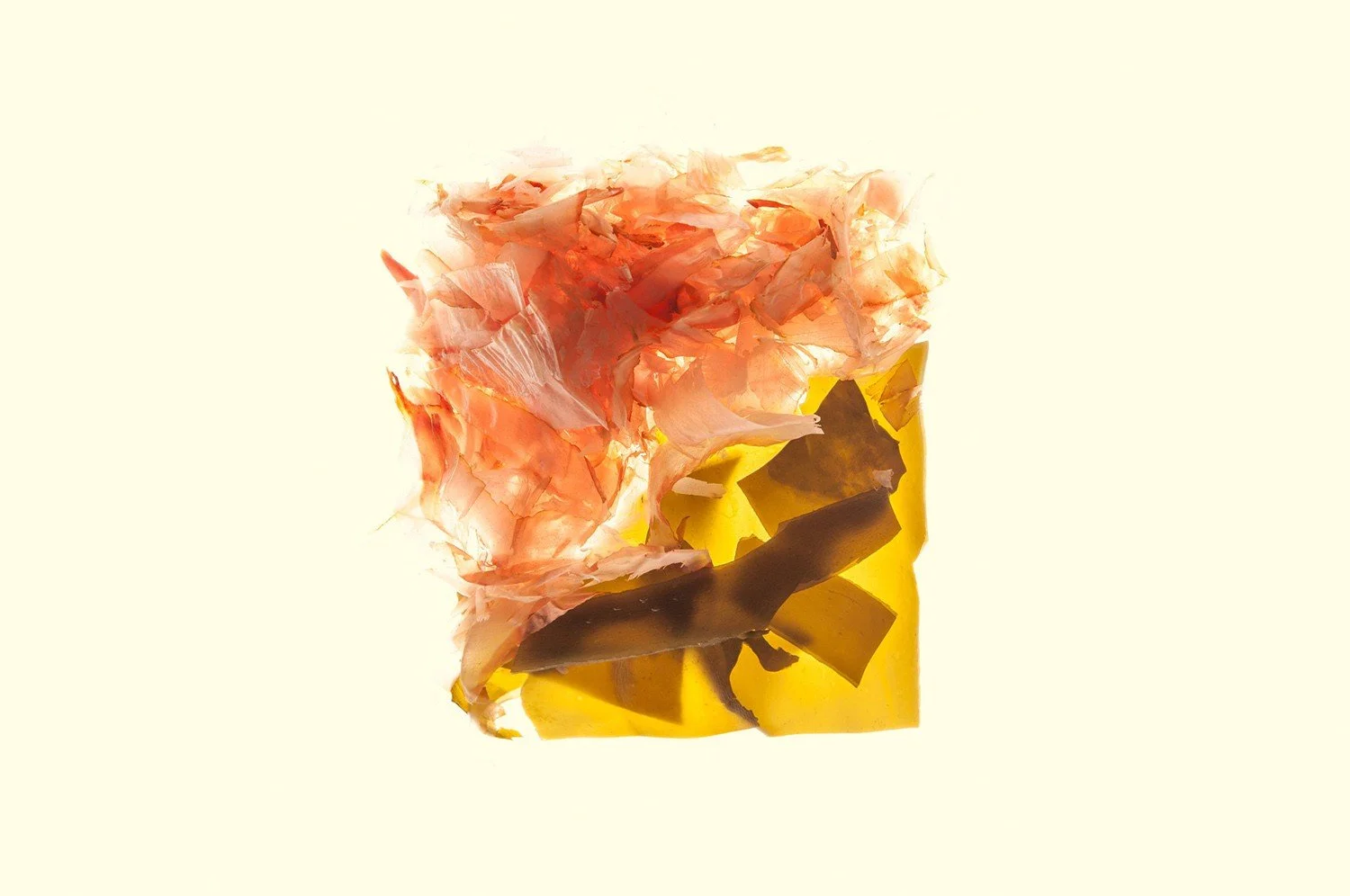Bringing Sexy Back Isn’t an Easy Road After Abuse
I consider myself lucky, if you can call it that. I am lucky that the incident where I truly felt like things could turn violent ended in me being able to escape. I am lucky that I was able to convince the person who was strongly pulling me into a dark room and trying to thrust his hand up my shirt that my family was expecting me, and that if I didn’t turn up soon they would start to worry. I was lucky that I got home safely, unscathed physically. But I can’t speak to the emotional scars. So many women (and some men) are not as fortunate, and these scenarios usually take a more aggressive road that leads to both physical and emotional trauma. However — and I mean a big however — just because certain moments like these don’t turn into sexual or violent assault, it doesn’t mean they don’t have lasting effects on the victim’s psyche. In my case, because it was a close friend whom I trusted and loved like a brother, I found that, outside of my immediate family, I had a hard time being alone in a room with any man. Be it at the doctor’s office, using rideshare like Uber of Lyft, waiting for the restroom at a busy restaurant, in interviews, and so on, I felt extremely anxious and as though I needed to always have a means of getting out. Where is the closest door? Is there anything I can use to defend myself? How loud do I need to yell to be heard by someone else? The thought process was exhausting and made being in a relationship almost impossible. As life moved on, I adopted not only a fearful mentality but a way of dressing, moving, and speaking like a non-sexual human being. Low cut shirts, short dresses, and skirts faded from my wardrobe as dark colors and baggier fits filled my drawers and closet space. I walked with a hunch and reverted back to my years as a tomboy, talking to men with zero hints of flirtation, interest, or mystery. These were all unintentional and crept up on me over time, much like the trauma of sexual abuse or assault years after the initial time of the encounter. Maybe it was because I blamed myself, as so often victims do. Perhaps if we wore different clothes, hadn’t been so naive, maybe it wouldn’t have happened?
As a result, we collectively lose our sense of sexuality not only because we feel partially responsible, but also because we hope that if we desexualize our bodies and our personalities, we will avoid it ever occurring again.
Cue cursing like a sailor, wearing clothing about two sizes too big, and walking in the style of a 90-year-old woman because to the immature, sexually-charged male, that might be less intriguing. I am neither a therapist nor a psychologist, so rather than give you a generic list of “5 Ways to Feel Better,” I’m here to tell you about some methods that eased my insecurity and, only until recently, allowed me to regain a sense of femininity and sexuality that has empowered me more than I thought possible after years of conditioning myself to think and act otherwise.First, it’s important that you face what happened even if it’s painful, and even if you feel shame or embarrassment (you shouldn’t). Whether it’s with a therapist, your best friend, or your mom, it needs to happen, but more importantly, it needs to happen with someone you love and who loves you in return, someone who is free of judgment or strong opinions. In my case, it was with a friend at lunch when I least expected myself to feel ready or open to talk about it. But the moment you find that courage to tell your story, don’t hold back. And don’t be afraid to cry. Cry as hard as you need because that release can be what you need to expel all of the bullshit and pain your brain and body have been building up all this time. Or go ahead and buy yourself a punching bag and have at it! Either way, you need to release. Connect with your emotions rather than suppress them. It’s such an important step towards healing and understanding, and opens your heart to discovering your body and its needs. Finally, as materialistic as it may seem to some, I revisited my relationship with clothing. My version of sexy was so warped that I had no sense of style. I went full comfort and invisibility -- no fashion. The only time I felt comfortable in a short dress or anything remotely revealing or tight was when I was with a big group of friends — strength in numbers, right? When I was single years ago I felt like I had no idea what it meant to be “sexy.” But, as I discovered women like Caroline de Maigret, Jeanne Damas, and Léa Seydoux — are you seeing the “French connection” here? — I realized that I didn’t need to don body-baring ensembles to attract the kind of love and relationships I wanted and deserved.
These women (and I count myself amongst them now) exude sensuality and confidence in suits, blazers, choppy hair-dos, and natural-to-no makeup that speaks to the kind of sexuality I myself want to portray.
That certain “je ne sais quoi” is my secret weapon, and it’s one I carry close to my heart when I would rather reach for an XL sweatshirt. As a reminder, I am not a therapist, but I highly recommend one. Sometimes the trauma is beyond tears, new threads, or chatting with a friend. Utilize the many resources out there, like RAINN, the National Sexual Assault Hotline, and the NSVRC, amongst others. They can give you the help you need when all other options cannot provide the healing you need.
